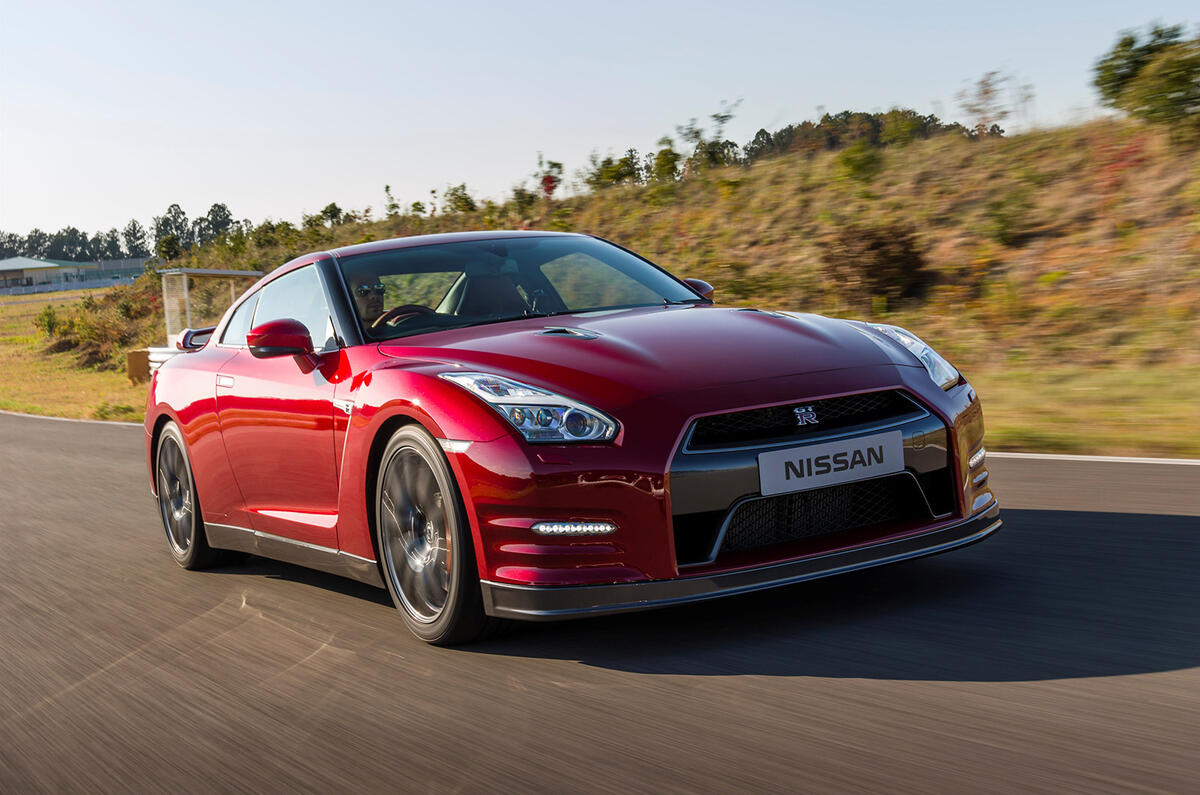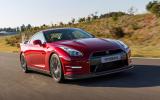What is it?
MY 14 to replace MY 13. Or that's what Nissan dubs its conveyor belt of model year changes; to everyone else it'll simply be the Nissan GT-R they receive if they order after December.
In previous years the difference between model years was fairly inconsequential, but this time round there are some genuine differences - in the most part because 2014 marks the point at which Nissan has opted to split the range in two.
Reviewed elsewhere, the more expensive Nismo will now be the performance pinnacle of the GT-R experience. Its placement means that the engineers have finally been freed to relax their grip on the Race part of the badge, and get to grips with the GT bit.
Thus, ride and refinement have become bigger issues than they have ever been before. The front spring rates and electronic control of the dampers has been revised “to reduce load fluctuations between the four wheels” ie to keep them all in contact with the ground rather than skipping around like frogs in a pond of trampolines.
Dunlop SP Sport Maxx GTs now come as standard, and the steering has been retuned to offer drivers a bit more assistance at lower speeds (where the GT-R was previously as cantankerous as Godzilla in a tea shop). The brakes have also been recalibrated for a more linear response when not on the limit.
Nissan has even set out to improve the car's insulation from the whine of the drivetrain, reassessing the placement of noise-cancelling material and indulging in Active Noise Control from the Bose sound system.
Finally (or possibly firstly, depending on how you look at it) there has been the usual deck-shuffling of light clusters, with the front getting rather dashing LED lamp signatures to the front and a more distinctive 'four ring' arrangement at the back.





























Join the debate
Add your comment
For Best Bang For The Buck it
I wouldnt say it was hideous.
Far too ugly to be taken seriously.